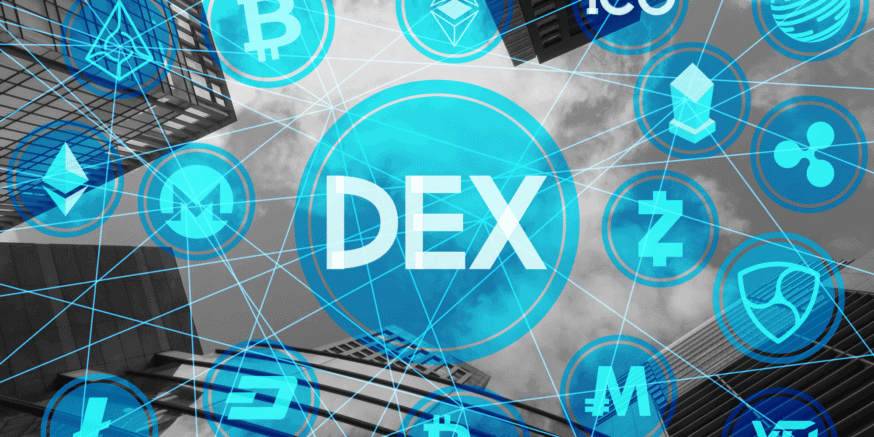Join Our Telegram channel to stay up to date on breaking news coverage
The Ethereum network, one of the largest blockchain networks in the world, has recently had one of its data analytics firms, Dune Analytics, make an interesting report. The report shows that weekly trading volumes among the world’s decentralized exchanges (DEXs) have shot up a massive 145% since the week prior. Peer-to-peer (P2P) trading has enjoyed a very welcome boost in the year 2019. Users across the globe turn to DEXs for the quicker settlement time, lower fees, and increased levels of security.
Consistent Weekly Growth
Dune Analytics has pointed out that DEXs have enjoyed a consistent increase in weekly trading volumes for some time now. This week’s trading volumes are up 145.7% since last week’s, totally up to more than $74 million in P2P trades. The most prominent players in this game are hands down Uniswap and Kyber. Uniswap’s trading volumes total to $21.8 million, with barely being behind with $21.2 million. The closest competitor has just over half the total trading volumes, clocking in at $10.7 million.
Dune Analytics had made use of six DEX platforms to facilitate its analysis. Platforms like Kyber, Uniswap, Oasis, Ox, Airswap, and Idex were all used as a reference. The analytics firm is making plans to add Bancor’s DEX in the fold as well. Dune Analytics makes use of things like weekly trading volumes, unique trader numbers, and week-over-week growth in order to accurately analyze the platforms and their market shares.
The Benefits of Decentralization
Decentralized exchanges are actually rather new to the crypto world. They are considered by many to be superior to their centralized exchange counterparts for an array of reasons. The most prominent reasons are the lower trading fees as well as the increase in security due to the lack of a third party keeping the funds.
It’s logical to assume that DEXs have seen a massive spike in growth due to the aforementioned benefits. The rampant growth is somewhat relative, however. It’s there, but the relative size of centralized exchanges means that it constitutes only 1% of the crypto exchanges. The remaining 99% is still very much centralized currency.
Caution Needed
That doesn’t mean that the massive exchange platforms haven’t taken notice of it, however. One of the world’s largest centralized exchange platforms, Binance, had actually launched its own form of DEX that it had started back in March this year.
As desirable as DEXs are, they have their own set of drawbacks as well. The most apparent issue among them is the decrease in liquidity. While that issue is slowly being worked around, as Dune Analytics has discovered, another critical problem is the lack of fiat trading. These problems need to be remedied if DEXs want to enter the mainstream and contend with centralized exchanges.
Join Our Telegram channel to stay up to date on breaking news coverage



